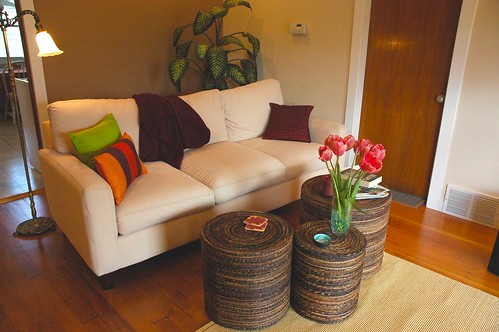But do you know that there are actually times when custom furniture can be less expensive in the long run? Here are three reasons why:
1. Custom furniture stays in good shape longer. Generally speaking, custom-built furniture will keep in good shape long after that store-bought cabinet’s doors have gone askew. One reason for this is that you could specify the materials you wish to be used, and how you want it to be treated, so that it does not rot or mold or break easily.
This means you’ll only need to buy that piece of furniture once. It will not be an expense that recurs every other year.
2. Custom furniture retains its value. When custom furniture is properly built, its value appreciates over time, unlike mass-produced furniture, which begin to depreciate the moment they are loaded onto the delivery van. It is, when well made, a work of art. If, someday, you decide to sell it off, you may even make some profit from the deal.
3. You can make one piece of furniture do the work of two. For instance, it’s not every day that you can find office tables that can also be used as a reliable safety deposit box in your neighborhood furniture store. Getting one custom built will spare you from having to buy an office table and a separate safety deposit box – which, by the way, will eat up extra space you may wish to use for something else.
It will also be a good way of hiding your valuables. Who would have thought that table had a secret compartment? Only you and your furniture builder would know.



